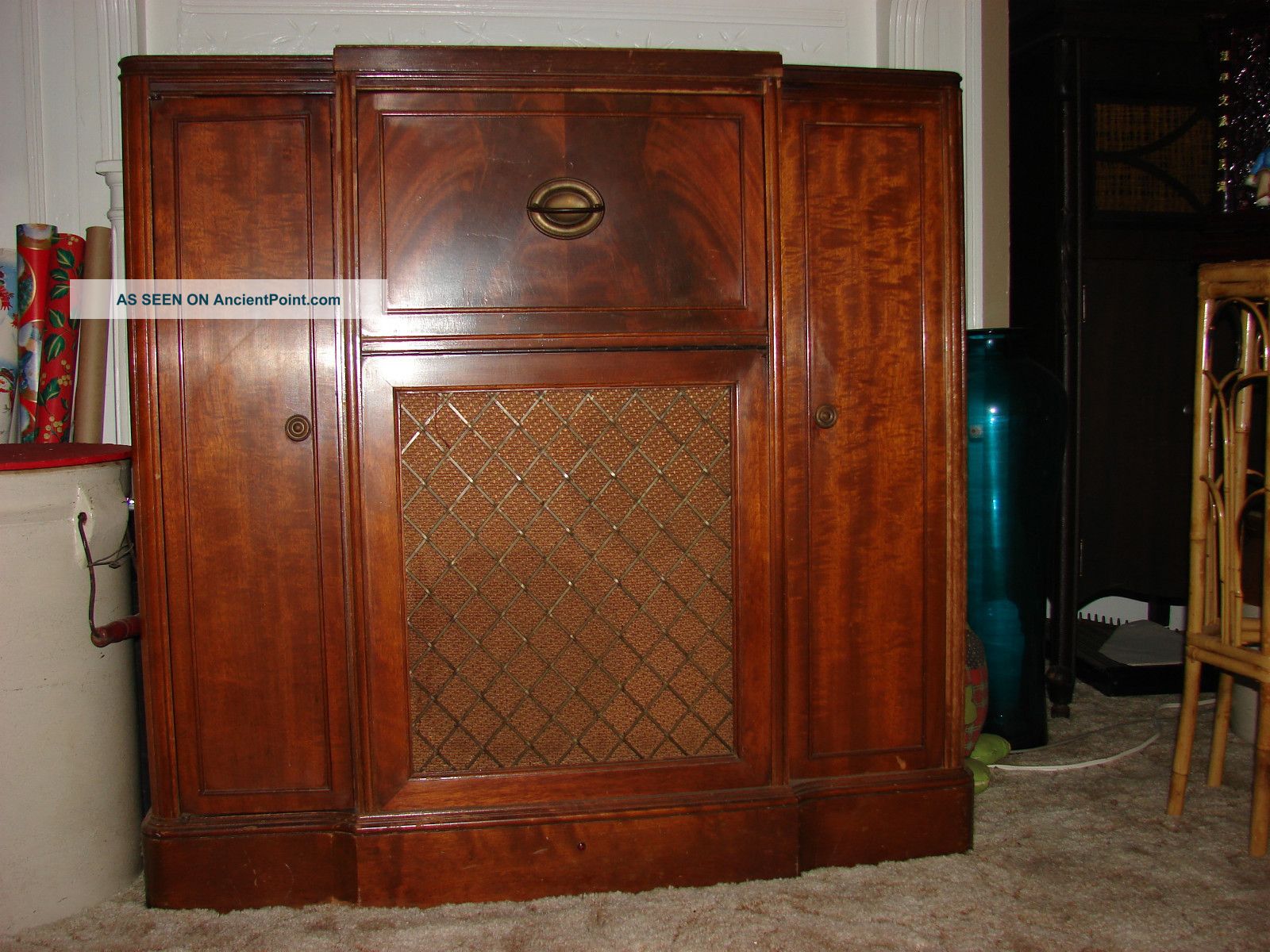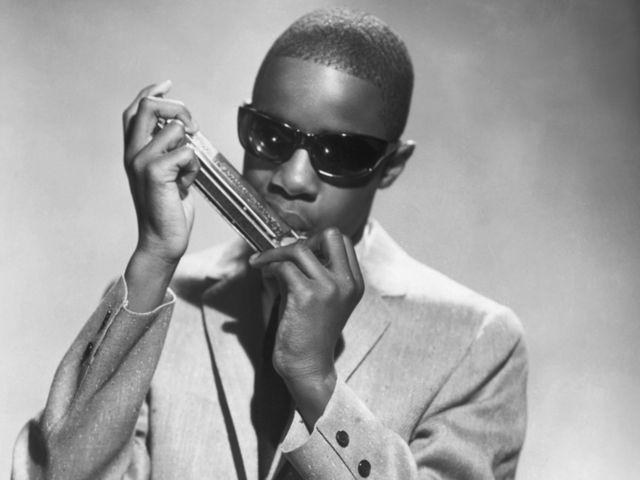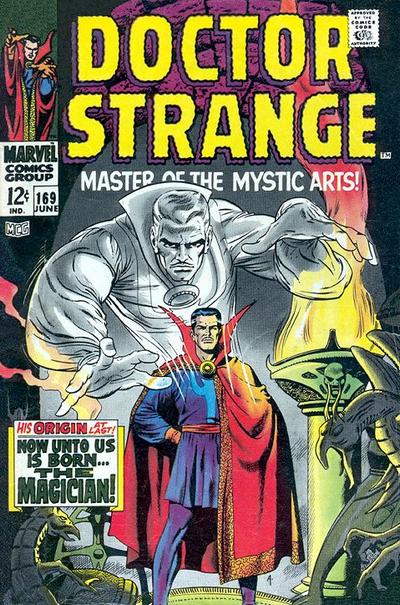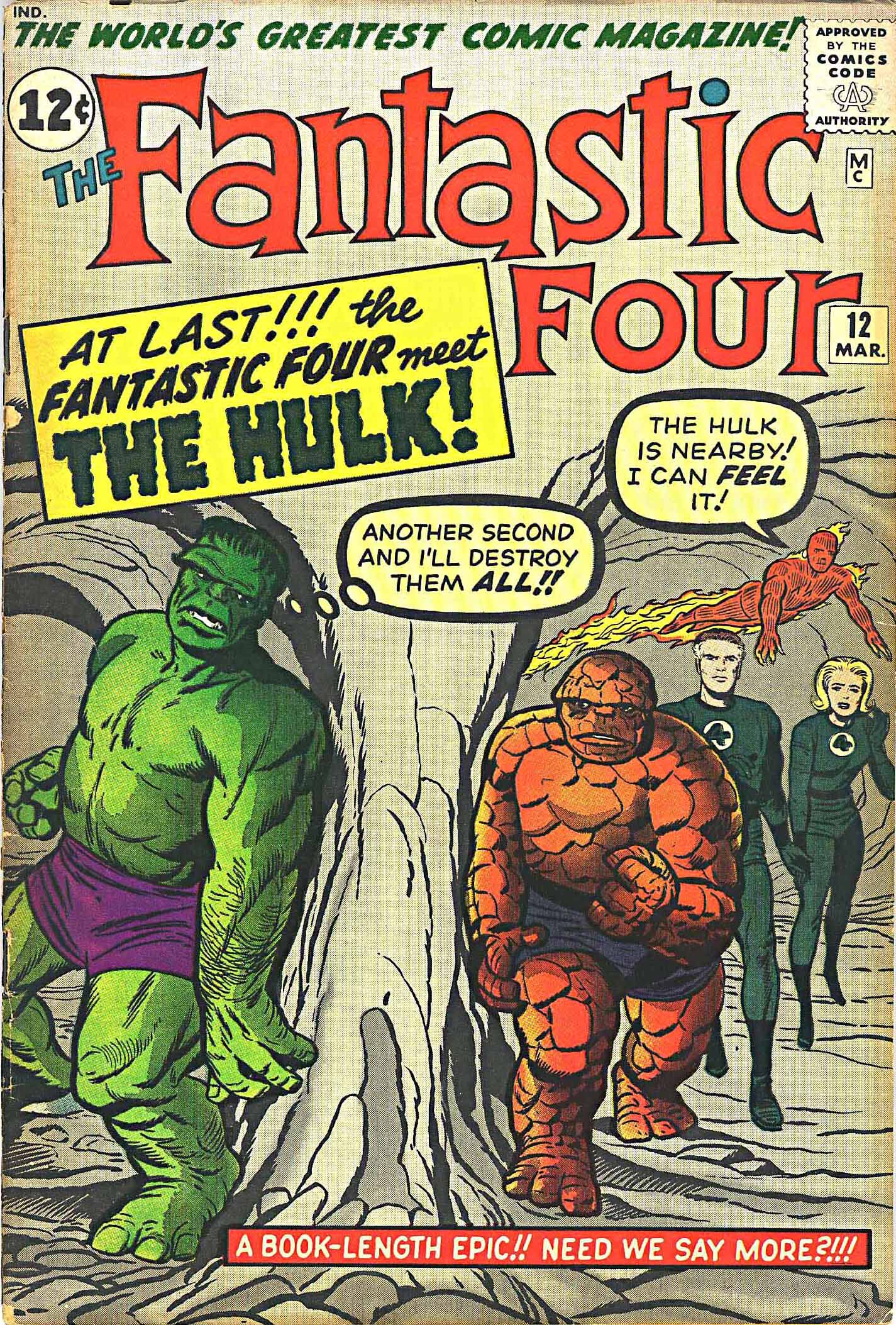To this day, I am very efficient at washing windshields,
checking oil and pumping gas. That’s because, for three years at the end of
high school and the beginning of college, I worked at the Beaver Gas Station on
Dougal Ave. at Norfolk in Windsor.
I got that job after I had moved to the suburbs. I needed
money to pay for my car, a 1966 MGB. I needed a car because I wanted to be able
to go see my friends who were all downtown. As it worked out, I had little time
left to see my friends since I spent 24 hours (three shifts) on weekends getting
$1.25 an hour to pay $60 a month for the car loan.
Nowadays, a service station like those locally-owned Beaver
stations doesn’t exist. The owner of these stations, Don Plumb, was a visionary in his time.
Most other gas stations had licenced mechanics plus a couple of guys
who helped in the bays. There were no self-serve gas stations also selling cigarettes and snacks in the 60s. When
customers pulled up to pumps at a regular gas station, somebody in the bay
would put down what they were doing and walk out to pump the gas and maybe
clean the windshield. That was not what happened at a Beaver station.
Imagine today pulling into a gas station and getting that
kind of service! In driving rain, humidity and heat or ripping cold snow – Beaver
service never varied.
A weekend shift had eight or 10 guys working 7 in the
morning to 3 p.m. and a similar group working 3 to 11. Most shifts, we were all
moving most of the time. The Dougal station had nine pumps, three to an island.
The middle pumps were high test, the outside pumps were regular. Some days,
cars were waiting because each pump lane was busy. When it was that busy, one person
did all three jobs on a car.
There were no chairs for staff to rest. For lunch or dinner,
we would grab a bite of a burger or sandwich between cars, not having time to
wash our hands after handling money, dirty rags, squeegees, sponges, oil cans
and everything else.
We carried rags in our back pockets so we did not burn our
hands on radiator caps. We learned from practice how to ease a cap off a hot
rad to let out pressure and not let hot fluid explode in our faces.
Our Beaver uniforms were dark blue pants and a light blue shirt with a
Beaver emblem over the left pocket. For spring and fall, we had a jacket that
matched the pants, and for winter, a heavy parka that also had the Beaver
emblem.
Plumb, the visionary, was the first to build automatic car
washes at his stations. That meant more guys on the shift. If you bought enough
gas, you got a free wash. Beaver also gave stamps to fill little books that
could be redeemed for gifts. Regular customers demanded extra stamps.
The Beaver station had two bays for oil changes and tire
repairs. I learned how to put a car on a hoist, take a tire off, find a leak
and repair it with a plug. I also learned how to remove a tire from a rim, and
let the owner examine the hole from the inside. I could apply a patch to the
inside or put a tube in the tire. In those days, tubeless tires were an
innovation.
After working there a few months, I could get the nod to take
the station’s pick-up truck on service calls to change a flat or boost a dead
battery. Most of the guys working at Beaver including myself learned how to
drive a manual transmission on the Beaver service pick-up.
The summer of 1967 and again in 1968, regular was 49 cents an imperial gallon. That’s about 10 cents a liter. I worked the midnight shift, 11 to 7.
This gave me more hours and the manager, Ron Treleven, paid me $1.50 an hour.
For six shifts, that was $72 a week. It doesn’t seem like much now, but I saved
enough money to pay my college tuition and keep up my car payments.
Ron was always fair and rewarded hard work and capability
with shift requests and responsibility. Nonetheless, he had only one response
for anyone who did not call in with a reason before missing a shift. If you
missed a shift, there was no discussion. Ron just said, “Hand in your uniform.”
More next week about the dog that lived at the Beaver
station.







